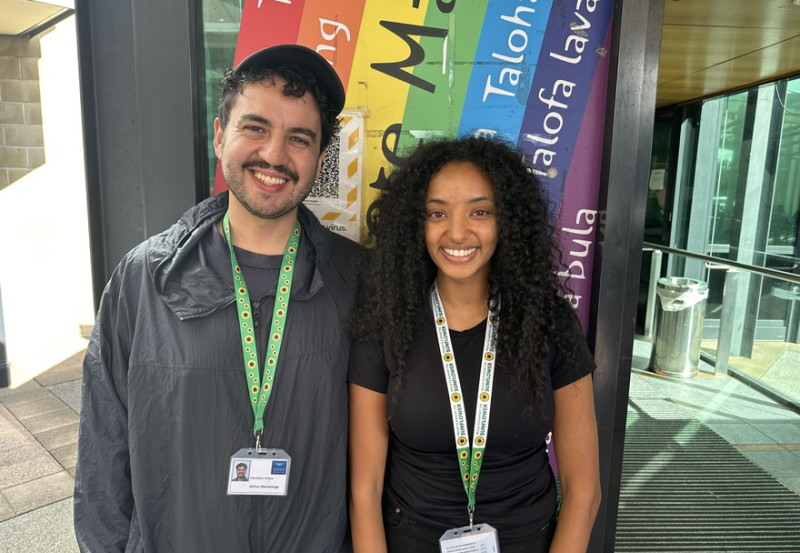
Accessibility is not just a buzzword that gets thrown around – it is key to delivering equitable outcomes in health.
Accessibility in health care means that information and environments are fit for purpose, easy to access, sensible and usable for as many people as possible.
Thursday, May 16 is Global Accessibility Awareness Day (GAAD) and a great opportunity to look around you and think about accessibility – are there any improvements or ideas that would make things easier for people including people with disabilities?
Raki Debebe is one of our Disability Strategy Implementation Leads.
She encourages staff to engage actively in observing their surroundings and considering how accessibility can be enhanced for everyone and asks us all to reflect on what we can all do in our world to help keep improving accessibility to those with a disability.
"This year, on Global Accessibility Awareness Day we are joining the celebration by making Hidden Disability Sunflower Lanyards available.
"We have seen a good level of interest in the Sunflower Lanyards and have made optional training available to our staff as well, so they know what to do when they meet someone with a sunflower lanyard. It is a truly encouraging thing to see," says Raki.
Dr. Josh Manukonga tells us that he has a sunflower lanyard to let people know of his hidden disability caused by ankylosing spondylitis, an autoimmune disease that affects the back and spine.
"Experiencing pain that isn't visible to others inspired me to advocate for awareness," he says
He tells us the Sunflower Lanyard is a tohu (symbol) of hidden disabilities.
"It's about creating visibility for invisible challenges. In a hospital setting it helps identify colleagues and patients who might share similar experiences, fostering a sense of community and mutual support."
Sunflower Lanyards will be available at Counties Manukau starting 16 May. They are available for patients, visitors and staff who have a hidden disability.
Support the power of the flower and get behind Sunflower Lanyards.
